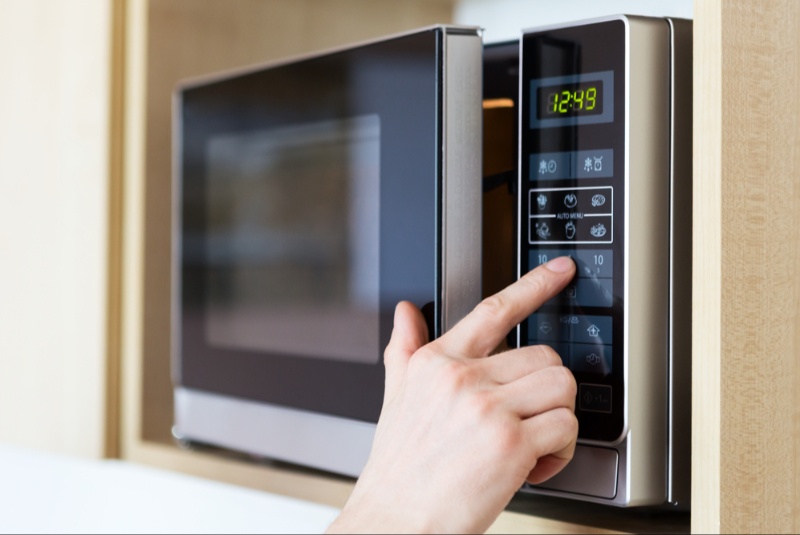Indoor cycling is more than just a fitness trend; it's a lifestyle. In the comfort of your home, you can recreate the experience of a high-energy spin class or a leisurely bike ride. Whether it's for a daily workout, cross-training, or pure fun, an indoor cycling bike can be a fantastic investment in your health and well-being. However, with a plethora of options available in the market, making the right choice can be overwhelming. This article aims to guide you through the process of making a smart purchase when choosing the perfect indoor cycling bike for your needs.
1. Determine Your Budget
Before diving into the features and technicalities, it's essential to determine how much you're willing to spend. Indoor bikes range from budget-friendly to high-end models. Establishing a budget helps narrow down choices and ensures you get the best value for your money.
2. Decide on the Type of Resistance
One of the primary differentiators among indoor bikes is the type of resistance they offer:
- Magnetic Resistance: Quieter and requires less maintenance. The resistance is adjusted electronically, which often makes for smoother transitions.
- Friction Resistance: Uses a pad to press against the flywheel, creating resistance. It might require more frequent maintenance and can be noisier, but is often less expensive.
- Air Resistance: The resistance is determined by how hard you pedal, which controls a fan's speed. This type offers a natural feel but can be noisier.
3. Check the Weight of the Flywheel
The flywheel is the heavy, round disc that spins when you pedal. A heavier flywheel often results in a smoother ride, mimicking the momentum you’d feel on an outdoor bike. However, the weight that's right for you depends on your preference. Heavier isn’t always better for everyone.
4. Inspect the Bike's Adjustability
To ensure comfort and reduce the risk of injury, it's crucial that your indoor bike can be adjusted to fit your body. Look for bikes with adjustable seats (both vertically and horizontally) and handlebars. This ensures that multiple users can comfortably use the bike.
5. Consider Connectivity and Features
In today's tech-savvy world, many indoor bikes come equipped with smart features:
- Connectivity: Many modern bikes can connect to fitness apps or offer live streaming classes. If you're motivated by community and interactive classes, this is a feature worth considering.
- Display: Check the quality and clarity of the display. It should show essential metrics like speed, distance, resistance level, calories burned, and heart rate.
- Built-in Programs: Some bikes come with pre-programmed workouts, which can be beneficial for those who prefer structured exercise routines.

6. Examine the Frame and Build Quality
A sturdy frame is crucial for durability and stability. Steel frames are generally robust, but they can also be heavier. Aluminum frames are lighter but might not be as stable for very intense workouts. Also, consider the weight limit of the bike to ensure it suits all potential users.
7. Think About Space and Portability
If you're short on space, consider the bike's footprint. Some models are foldable, while others come with wheels for easy movement. Measure your intended storage space to make sure the bike will fit comfortably.
8. Review the Warranty and Customer Service
Ensure the bike you’re considering comes with a solid warranty, covering both the frame and parts. A longer warranty often indicates a company's trust in its product's durability. Additionally, check reviews or ask for recommendations to gauge the manufacturer's customer service quality.
9. Test Before You Buy
If possible, try out the bike before purchasing. Sit on it, adjust the settings, and give it a short ride. This will give you a feel for its comfort, noise level, and overall functionality.
10. Read Reviews and Seek Recommendations
Online reviews, testimonials, and recommendations from friends or fitness professionals can offer valuable insights. While one should take online reviews with a grain of caution, they can provide an overview of the bike's pros and cons.
Choosing the right indoor cycling bike can seem daunting with the myriad of options available. However, by prioritizing your needs, setting a budget, and doing thorough research, you can find the perfect fit for your home and fitness goals. Remember, the best bike isn't necessarily the most expensive one but the one that suits your needs and encourages you to pedal your way to better health.




